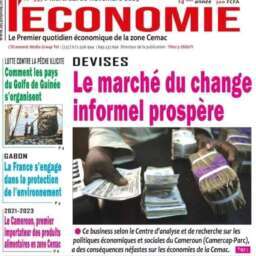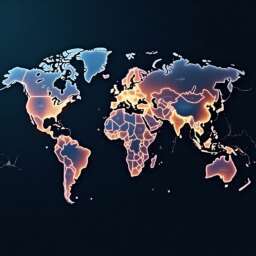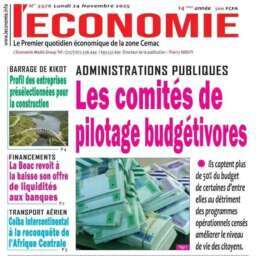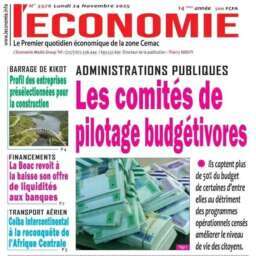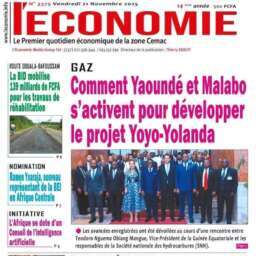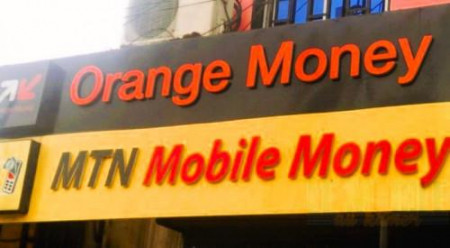(Business in Cameroon) – Mobile Money continues to gain ground in Cameroon, where it is now a core part of daily financial transactions—from deposits and withdrawals to payments, insurance, and microloans. According to the Bank of Central African States (BEAC) report on payment services in the CEMAC zone, the number of Mobile Money transactions in Cameroon grew 3.6 times between 2019 and 2023, while their total value increased 2.5 times.
The report shows that transactions reached CFA22.1 trillion in 2023, compared with CFA8.8 trillion in 2019. The value of operations grew steadily each year, adding CFA2–5 trillion annually. The number of transactions rose from 615 million in 2019 to 2.2 billion in 2023, surpassing one billion for the first time in 2021 before jumping by more than 600 million in 2023 alone.
This surge reflects mobile penetration exceeding 80% and promotional measures from Mobile Money operators—such as fee reductions or exemptions on merchant payments—particularly since the COVID-19 pandemic, which accelerated digital transactions during lockdowns. Internet penetration, estimated at over 40% by the International Telecommunication Union (ITU) in its April 2025 report, has also supported the sector’s expansion by improving access to payment platforms.
Despite these gains, Mobile Money users face rising transaction costs. Since January 2022, the government has imposed a 0.2% tax on all electronic money transfers and withdrawals—the Money Transfer Tax (TTA). The Finance Ministry targets CFA20 billion in annual revenue from the levy.
As of 2025, an additional flat fee of CFA4 per transaction has been introduced on top of the existing proportional rate, now extended to banks and microfinance institutions.
The International Monetary Fund (IMF) has warned that such taxes could undermine financial inclusion. In a 2022 report, the IMF stated that taxing mobile money is “fiscally inequitable” and could harm poor and unbanked populations, especially in rural areas where banking costs are already high.
Cameroon remains the Mobile Money leader in the CEMAC region, accounting for 62.1% of all registered accounts, 63.6% of total transaction volume, and 76.6% of transaction value, according to BEAC’s 2023 data.







